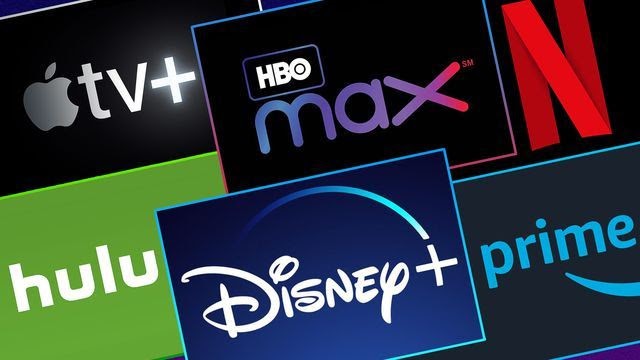An ‘Inflection Point’ for NextGen TV?
Are consumers close getting on board with NextGen TV?

Our industry has weathered several transitions over the past several decades. In the early part of this century, it was the transition to OTA digital television and HDTV. Twenty years later, we are now in the midst of the latest transition to NextGen TV.
While there may be some similarities between the two, the differences are significant enough so that the two transitions are really a case of apples and oranges. Market forces were different, consumers’ expectations were different and perhaps the most significant difference is that the transition to ATSC 3.0 is voluntary with minimal government involvement (mostly revising rules to cut red tape).
One thing the two do have in common: the impact of CES, which, along with the NAB Show, are annual markers in assessing industry progress. While this year’s virtual CES was well produced (and among the most attended “virtual industry trade shows” over the past year, per CTA), our inability to see, hear and touch new products up close and personal or network with industry colleagues proves that such industry shows will continue to be a vital element to success in our industry for years to come.
During a session on ATSC 3.0 during this year’s CES, CTA researcher Brian Koenig offered an optimistic outlook on the format, adding that as sales from NextGen TV sets from the world’s major TV makers, Samsung, LG and Sony increase, more players will get in.
“The dominoes are going to fall very, very quickly because the market is so competitive,” Koenig said, adding that he expects the market for NextGen TV to reach an “inflection point” by the 2023-24 time period, with NextGen TV shipments expected to reach 25 million by the end of 2024.
That’s a bullish prediction, particularly when the few sets on the market are high-end 8K sets that only first adopters can afford. More 4K/8K NextGen TV sets were introduced at the 2021 CES from LG and Sony, and SiliconDust’s HDHomeRun 4K box (which at $200 is the only affordable option on the market), which supports NextGen TV, was also shown, along with updates from ONE Media 3.0 and MediaTek on chipset development. One new development was LG's announcement that it is integrating the HDHomeRun app for NextGenTV into its Smart TV OS.
But let’s get real: The market for these sets and devices just isn’t there yet.
The professional video industry's #1 source for news, trends and product and tech information. Sign up below.
Many broadcasters are doing their part though to create a market. Despite the pandemic, the industry was able to keep pace fairly well with the deployment schedule. By the end of this year, it’s expected that the majority of Americans will have access to NextGen TV.
That will go a long way towards reaching that “inflection point.”
Tom has covered the broadcast technology market for the past 25 years, including three years handling member communications for the National Association of Broadcasters followed by a year as editor of Video Technology News and DTV Business executive newsletters for Phillips Publishing. In 1999 he launched digitalbroadcasting.com for internet B2B portal Verticalnet. He is also a charter member of the CTA's Academy of Digital TV Pioneers. Since 2001, he has been editor-in-chief of TV Tech (www.tvtech.com), the leading source of news and information on broadcast and related media technology and is a frequent contributor and moderator to the brand’s Tech Leadership events.

